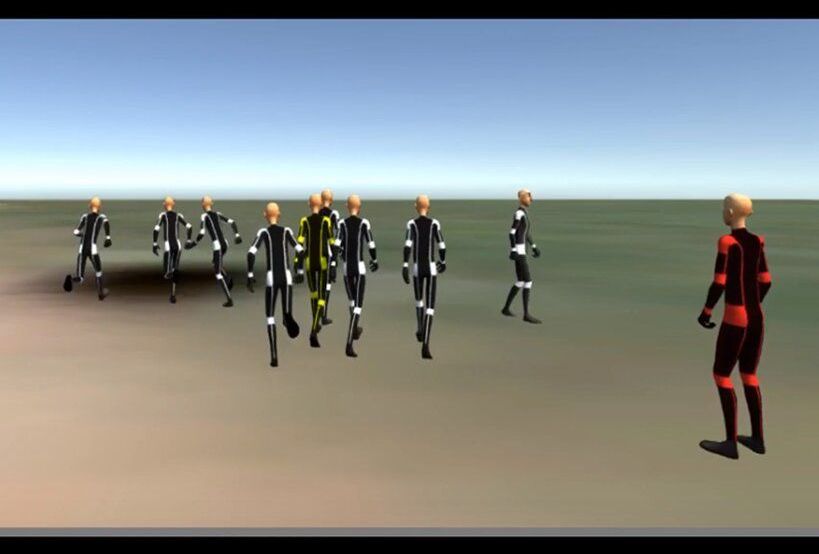Much ado has been made of Dell’s new maglev keyboard, currently exclusive to the XPS 15 9575 2-in-1. Utilizing rare-earth magnets to repulse the keys back up once depressed, the keyboard still provides a decent amount of feedback despite its meager 0.7mm of travel.
In a late March webcast for Dell’s new products, the company’s Vice President & General Manager Alienware, Gaming and XPS, Frank Azor, mentioned that the keyboard could be adopted in more of Dell’s laptops — if it proves popular.
The major advantage of design is that it allows the laptop to be thinner, but not everyone is a fan. Though it provides more travel and feedback than Apple’s much-maligned “butterfly” keyboard, initial reviews suggest that the keyboard is basically tolerable, but it isn’t going to replace a ThinkPad’s keyboard anytime soon.










